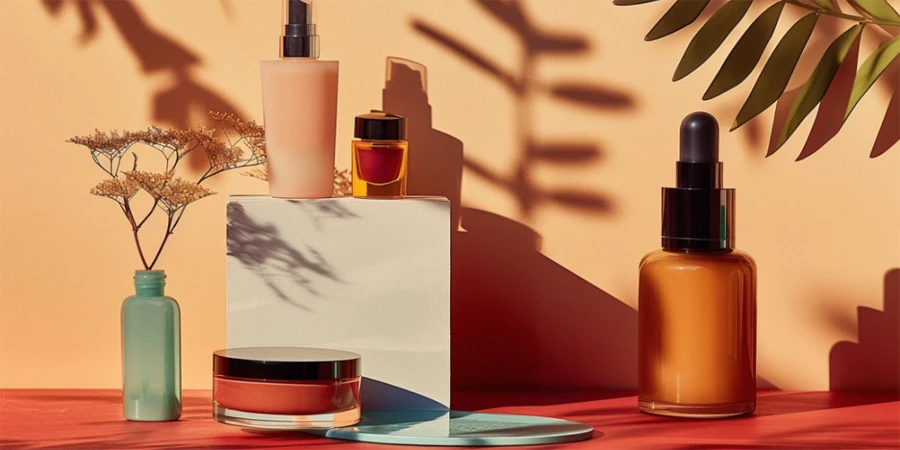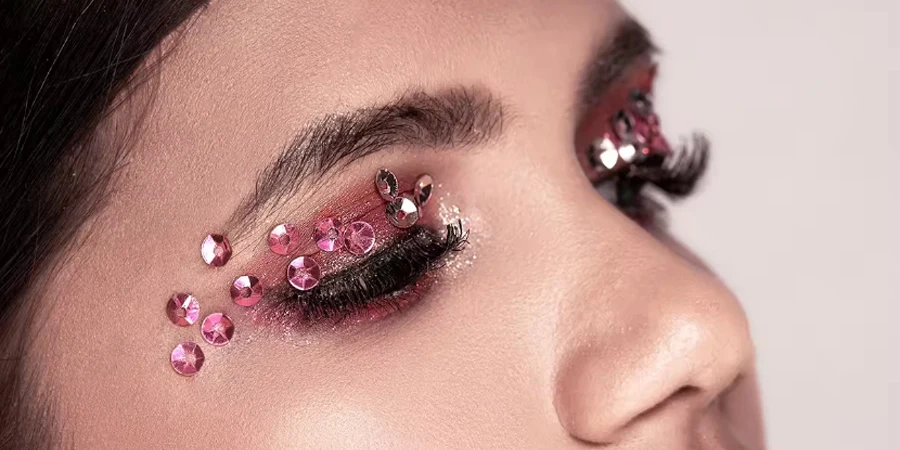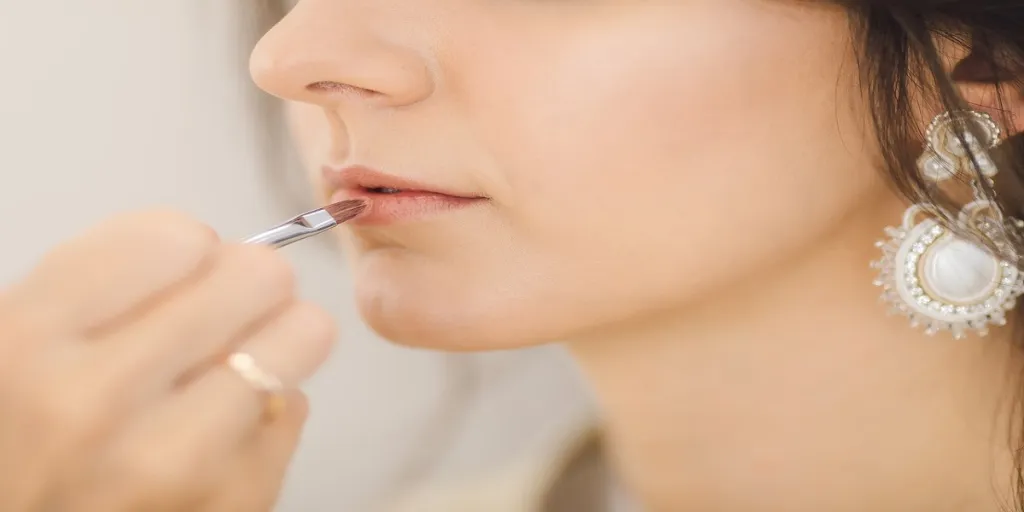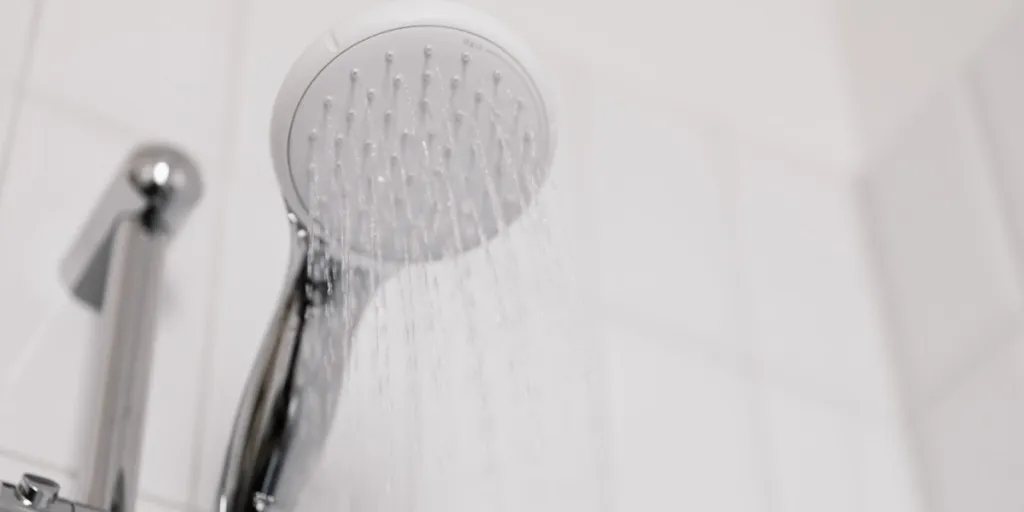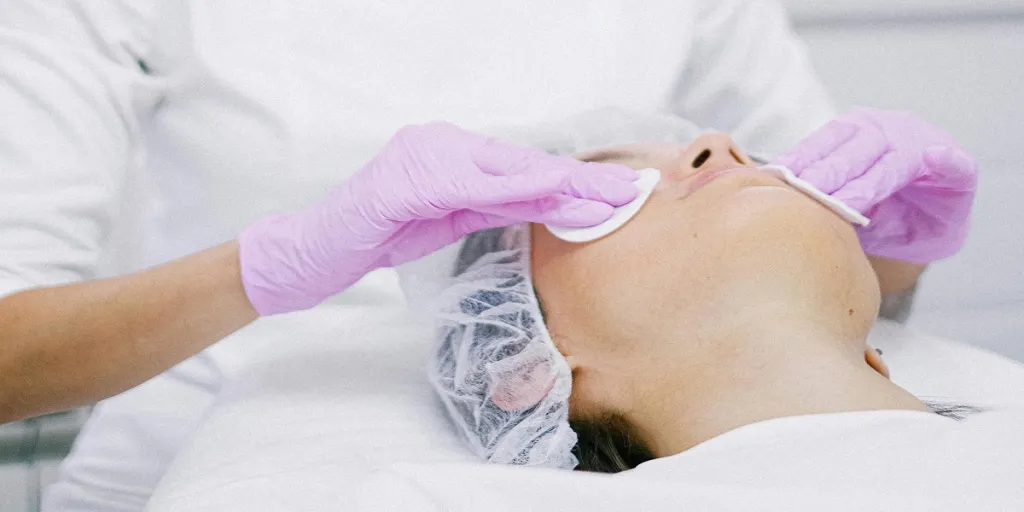Some women feel skin-tightening is a pathway to confidence. So, it’s no surprise that consumers with loose skin on their body, face, or neck seek the perfect way to regain their youthful appearance.
That’s why RF skin-tightening machines are gaining momentum in the skincare world. The best part is that businesses can offer these devices to consumers searching for affordable ways to eliminate saggy skin.
But before that, keep reading to discover how to choose these revolutionary devices and learn other things about them.
Table of Contents
What’s special about radiofrequency (RF) therapy?
Can consumers use RF skin tightening at home?
Do their benefits make them worthy investments?
What should businesses consider before offering RF machines?
What else do consumers need to use RF machines?
Rounding up
What’s special about radiofrequency (RF) therapy?
RF therapy is like a magic trick for aging skin, working wonders to tighten things up and bring back the much-needed youthful glow. It uses radio frequencies to send heat deep into the user’s skin layers.
However, this heat is not dangerous. It only encourages the skin to produce more collagen and elastin. The result? Firm, fabulous skin with fewer fine lines and wrinkles.
Usually, the focus of RF treatments is on the face and neck, and the whole process may take about an hour. If consumers want professional hands, they should consider aestheticians in spas.
RF therapy offers immediate results that last for months, and it’s perfect for special occasions or when ladies want a little lift without going under the knife.
Can consumers use RF skin tightening at home?
Absolutely! At-home radiofrequency devices work just like their professional counterparts. And they’re even more flexible, allowing consumers to enjoy their treatments in various settings based on their preferences.
In other words, RF machines are great additions to regular skin care.
Do their benefits make them worthy investments?
RF tightening devices generate high frequencies that do more than just tighten skin. Here’s a list of the various benefits that make these devices worthy investments:
- Helps improve skin elasticity and texture
- RF treatments can handle areas other than the face, including the neck, chest, and décolletage
- Stimulates the skin to increase cellular activity
- Naturally lifts saggy skin and improves its health
- RF devices are perfectly safe for all skin types, including sensitive ones
- RF treatment can help combat mild to moderate sun damage.
Still not convinced? Check out their market stats: the RF therapy market reached US $665 million in 2022, with experts projecting it will reach US $1.6 billion by 2032 at a 9.2% compound annual growth rate (CAGR).
What should businesses consider before offering RF machines?
The machine type
Who do businesses want to cater to? Do they want salons/spas as target consumers? Or are they targeting at-home users? These questions help determine the best RF devices to buy in bulk.
So, if sellers have salons and spas as their targets, they should consider professional RF devices. Their higher energy outputs are more effective at handling skin concerns than at-home variants.
But if retailers cater to regular users, at-home RF devices are the way to go. They have handheld designs that make them convenient for users who want to perform these treatments comfortably. Plus, they’re more affordable than their professional counterparts.
Features
Some RF devices have heating and cooling features, so consumers can choose their preferred treatment. Others only offer the hottest intensity levels for maximum benefits.
Further, RF machines must also be compatible with other attachments to provide seamless experiences. Some even have safety features like built-in timers to prevent consumers from overdoing their treatments.
Other safety features to look out for include automatic shut-off and overheating protection—they’ll help avoid unnecessary injury and boost safety.
Lastly, RF devices should have adjustable treatment settings, especially at-home models, so consumers can easily customize sessions to their unique needs.
Frequency range
The device’s frequency range determines how deep the energy will penetrate the skin. RF devices offering lower frequencies can penetrate deeper, making them the go-to for combating deeper wrinkles and skin laxity.
On the other hand, RF devices offering higher frequency ranges are ideal for surface treatments like handling wrinkles and fine lines around the eyes and lips.
Treatment area
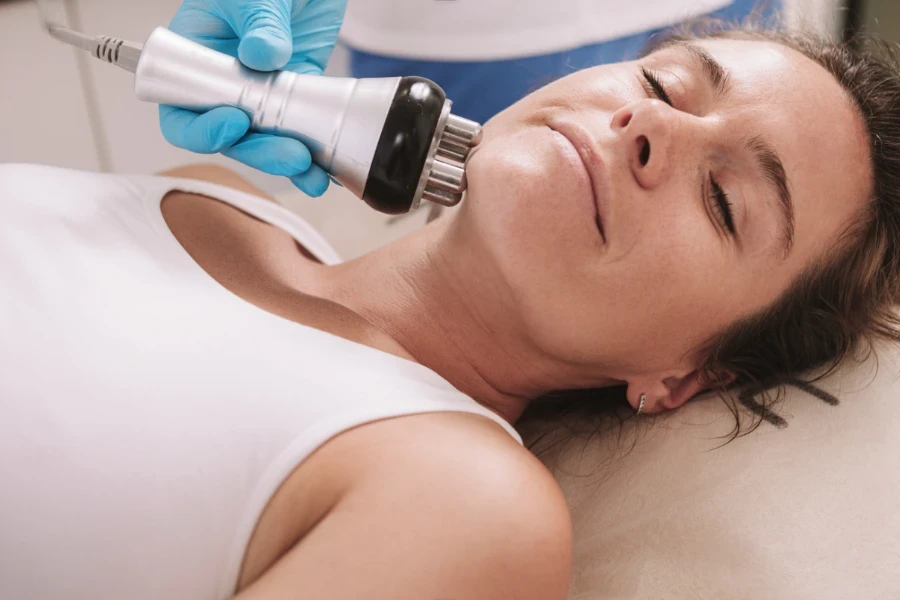
What area do target consumers want to treat? The answer determines the type of RF device consumers will need. At-home models typically feature smaller treatment heads, making them ideal for addressing specific areas, like the periorbital region.
Conversely, consumers hoping to treat larger areas like the abdomen will need something bigger. Such cases often require professional devices featuring larger treatment heads and a trip to the spa.
Power output
Power output determines how deep the RF device’s heat penetrates the skin and the intensity of the treatment. Naturally, higher power outputs lead to more benefits, like better skin tightening and collagen stimulation.
But not every situation needs high power outputs. Here’s a table showing the different power outputs for RF skin-tightening devices and their best uses.
| Power output | Description | Depth of penetration | Treatment area |
| Low (1 to 2 MHz) | Low intensity, safe for most skin types | 2 to 4 mm | Face, neck, and décolletage |
| Medium (3 to 5 MHz) | Medium intensity, great for wrinkles and fine lines | 4 to 6 mm | Face, neck, décolletage, and body |
| High (6 to 10 MHz) | High intensity, effective for deeper wrinkles and cellulite | 6 to 8 mm | Body and cellulite |
Note: Skin type also determines the power output consumers will need. Consumers with sensitive skin can only use low-power output devices.
Temperature control
Since these devices deal with heat, temperature control is a necessary feature businesses must watch out for. RF devices that don’t have this feature may be tricky to regulate and end up burning the user or underperforming.
Thankfully, businesses have options. They can stock up on variants with automatic temperature control or choose models featuring manual adjustments. Automatic variants are ideal for consumers who prefer convenience and hassle-free experiences, while manual controls offer more precision.
What else do consumers need to use RF machines?
Consumers need gliding gel to use RF skin tightening devices effectively. This special gel helps the radiofrequency energy work better by connecting the device to the user’s skin. This process also reduces friction and prevents skin irritation.
Rounding up
While radiofrequency skin tightening is safe when consumers receive the treatment from qualified professionals, it’s a different ballgame for at-home use. Unfortunately, consumers are at higher risk of complications when performing RF therapies at home.
But don’t worry. Sellers can help minimize the risks by ensuring their RF machines come with manufacturer instructions. That way, consumers will know the safest way to use their at-home RF therapy devices.
So, don’t hesitate! Use the tips discussed in this article to navigate the RF machine market in 2024.

